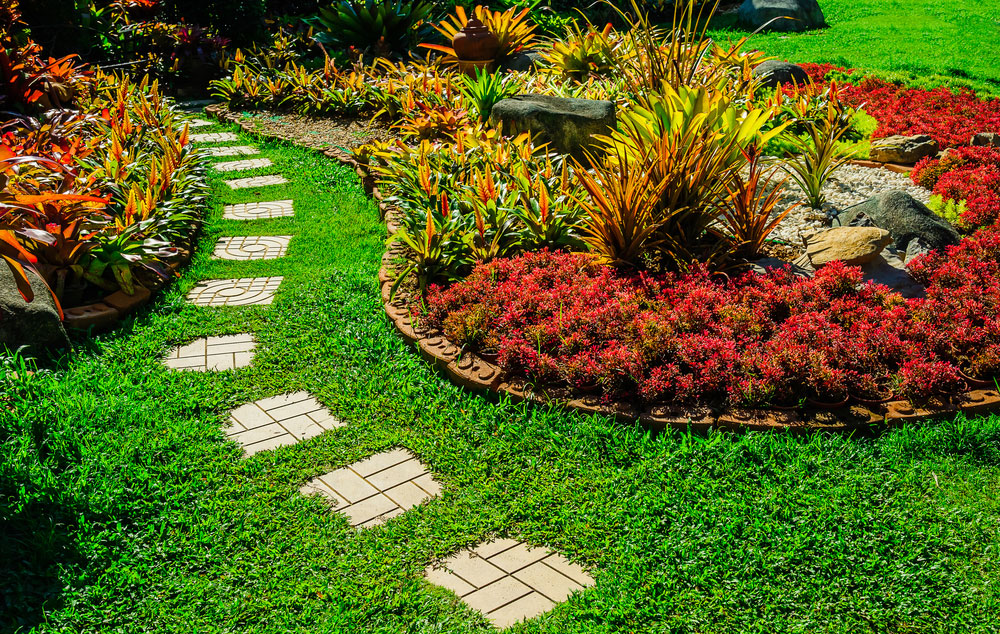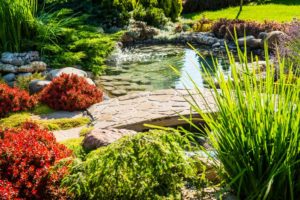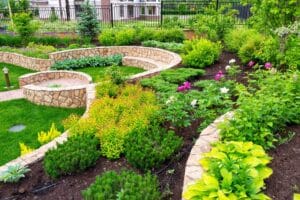Embarking on a landscape design project is like writing a new chapter for your home. It’s an investment in aesthetics, functionality and well-being. But beware; even the grandest plans can go astray if common mistakes are made along the way. These errors can be costly in terms of time, money and effort. So, let’s delve into the most common landscape design pitfalls and learn how to avoid them.
Ignoring the Importance of Site Analysis
Site analysis is the bread and butter of any successful landscaping project. It’s tempting to dive right into the dreamy details—choosing plant varieties, picking out elegant water features or selecting the ideal pavers. However, failing to assess the soil condition, local climate and the natural slope of the land can leave you with a less-than-perfect result.
Before you start, examine your yard’s unique conditions. Test the soil pH, observe how the sun and shade play across the area throughout the day and evaluate drainage patterns. Take into account any existing trees, as they’ll affect what you can and cannot do. All these factors will influence your choice of plants and design elements. Ignoring them is akin to building a house without laying a proper foundation—doomed to fail.
Overcrowding Plants & Features: Less is Often More
Have you ever heard the saying, “Less is more?” This couldn’t be truer when it comes to landscape design. Overcrowding your garden with too many plants or features not only detracts from each individual element but also can be detrimental to the plants themselves. Plants need room to grow, breathe and absorb nutrients from the soil.
When planning your landscape, it’s essential to give each element its due space and consideration. Establish focal points and allow the eye to move naturally through the design. Keep in mind that negative space—the open areas around design elements—can be just as impactful as the elements themselves. Resist the urge to fill every nook and cranny; sometimes, the best thing you can do for your garden is to show restraint.
Neglecting Seasonal Changes: A Year-Round Perspective
Designing a landscape is not just about the immediate transformation. It’s a long-term commitment that requires a year-round perspective. What looks heavenly in the spring might turn into a bleak space come winter. Similarly, plants that thrive during the cooler months may shrivel up in the harsh summer sun.
The key is to select a variety of plants that offer seasonal interest. Consider flowers that bloom at different times, foliage that changes colour and evergreens that provide structure throughout the year. Plan for growth and change, and your garden will reward you with a stunning display in every season.
Failing to Consider Functionality & Maintenance
It’s easy to get carried away with the creative aspect of landscaping, forgetting the practical matters of functionality and maintenance. How easy is it to mow around that intricate flower bed? Do you have a dedicated space for garden tools? How will you manage weeds and pests?
A well-designed landscape is both beautiful and functional. It should not only reflect your aesthetic preferences but also make your life easier. Incorporate pathways for easy navigation, consider drought-resistant plants to reduce water usage and think about automated irrigation systems to save time.
Your Pathway to a Dream Landscape
A successful landscape is a harmonious blend of art and science. It captures your vision while also being adaptive and sustainable. Don’t let common mistakes derail your dream garden. Start with a thorough site analysis, practice restraint in design, embrace seasonal diversity and keep functionality in mind.
For those seeking expert advice and top-quality materials, Mudgeeraba Landscape Centre is your one-stop destination for all your landscaping supplies on the Gold Coast. Contact us today on (07) 5530 2359 to make your dream landscape a reality.




